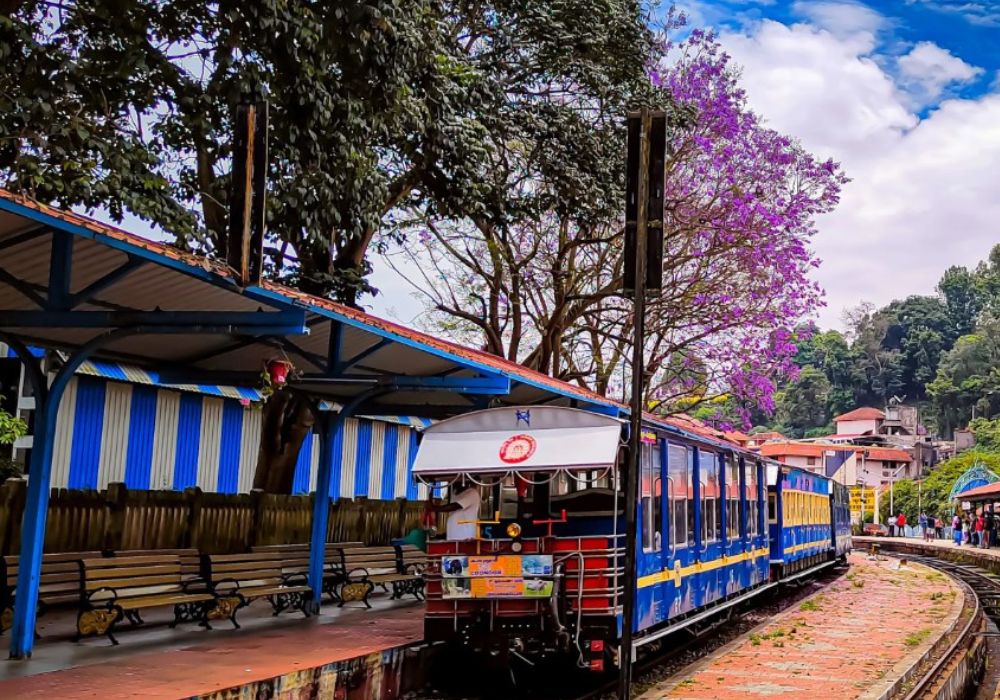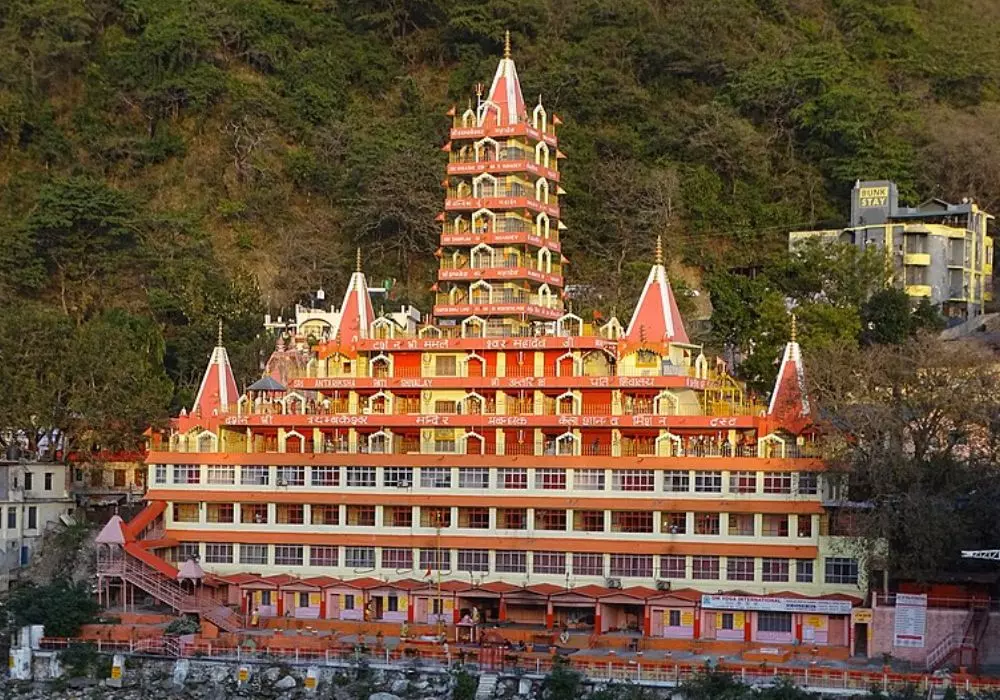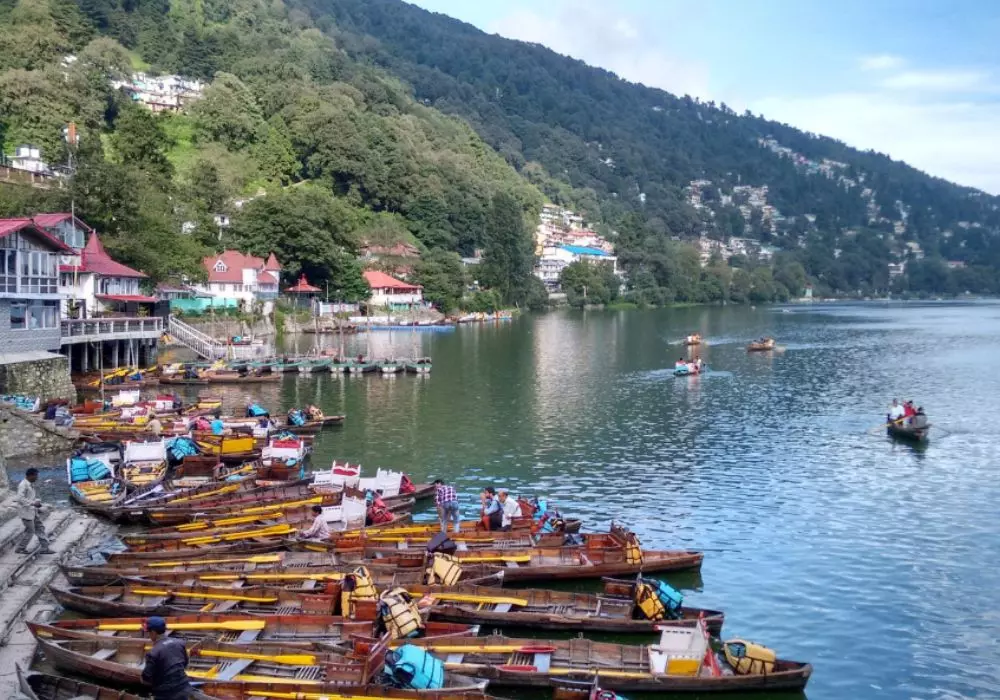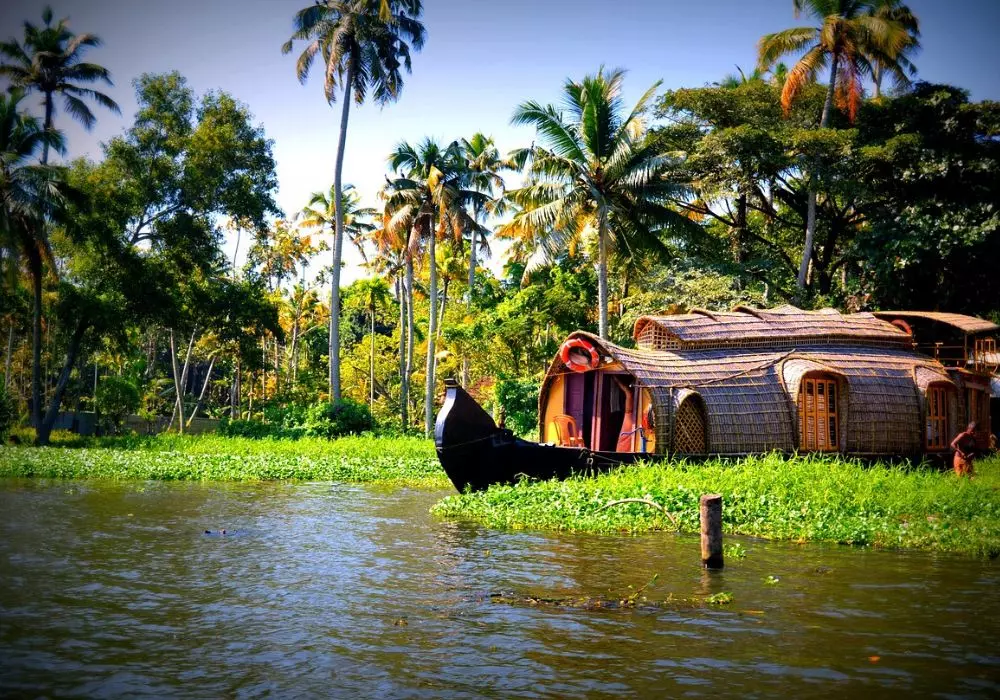India’s diverse landscape is adorned with some of the best hill stations in India, offering a perfect escape from the hustle and bustle of city life. These hill stations, nestled amidst the majestic mountains, are known for their scenic beauty, pleasant weather, and tranquil ambiance.
Whether you’re a nature lover, adventure enthusiast, or someone looking for a peaceful retreat, India’s hill stations have something to offer everyone. From the snow-capped peaks of the Himalayas to the lush greenery of the Western Ghats, each hill station in India is unique in its own way, promising a memorable experience.
Whether you’re exploring the colonial charm of Shimla, the tea gardens of Darjeeling, or the picturesque landscapes of Munnar, you’re sure to be mesmerized by the beauty of these destinations.
Hill Stations in North India
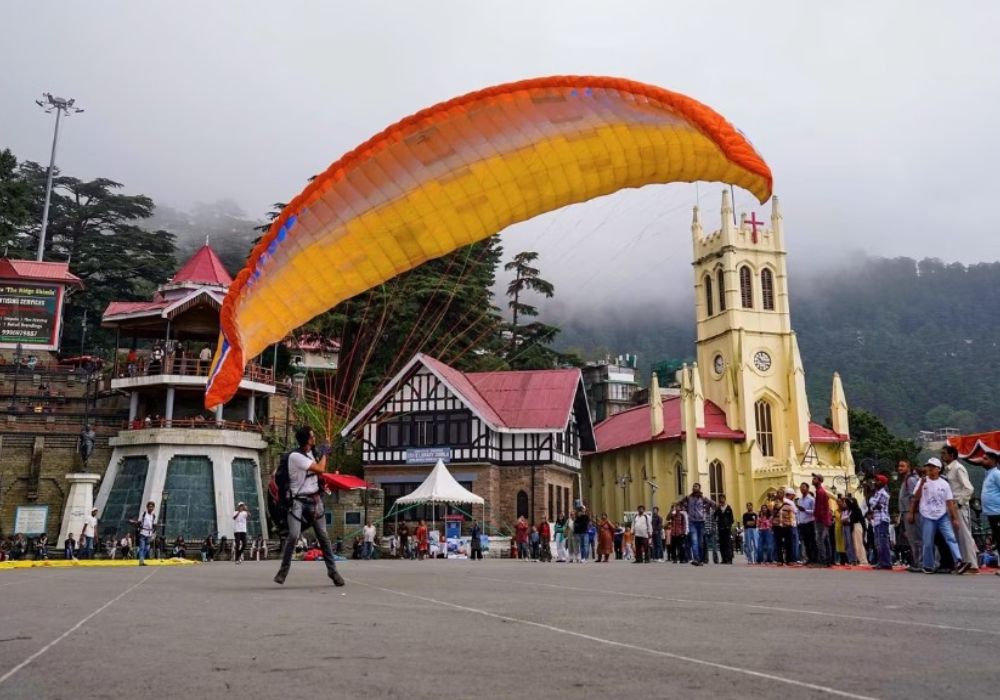

North India is blessed with a myriad of enchanting hill stations, each offering its own unique charm and beauty. From the bustling streets of Shimla, the former summer capital of British India, to the serene landscapes of Nainital nestled around its shimmering lake, and the adventurous trails of Manali in the embrace of snow-capped peaks, the region is a haven for travelers seeking respite from the plains.
Whether it’s the colonial architecture of Mussoorie or the spiritual tranquility of Dharamshala, every hill station beckons with its lush greenery, crisp mountain air, and panoramic vistas, promising an unforgettable escape into nature’s embrace.
Here’s a list of hill stations in North India:
- Shimla (Himachal Pradesh)
- Manali (Himachal Pradesh)
- Mussoorie (Uttarakhand)
- Nainital (Uttarakhand)
- Dharamshala (Himachal Pradesh)
- Dalhousie (Himachal Pradesh)
- McLeod Ganj (Himachal Pradesh)
- Srinagar (Jammu and Kashmir)
- Gulmarg (Jammu and Kashmir)
- Kasauli (Himachal Pradesh)
- Chail (Himachal Pradesh)
- Almora (Uttarakhand)
- Lansdowne (Uttarakhand)
- Ranikhet (Uttarakhand)
- Chamba (Himachal Pradesh)
Hill Stations in East India
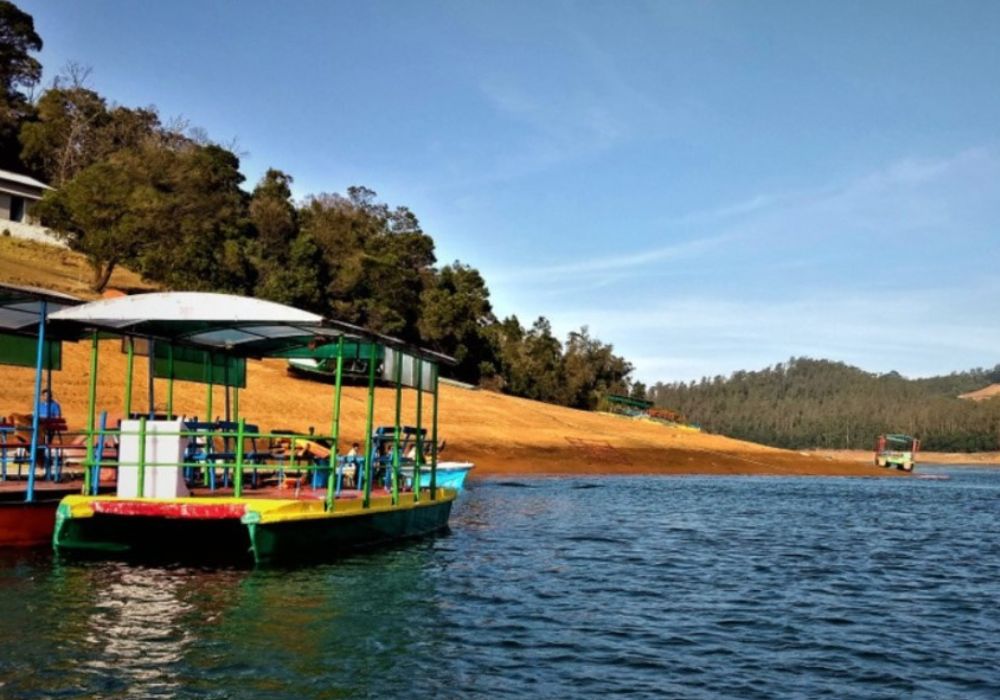

Nestled amidst the majestic Eastern Himalayas and verdant Eastern Ghats, East India boasts a collection of enchanting hill stations, each a haven of natural beauty and cultural richness. From the iconic tea gardens and panoramic views of Darjeeling to the tranquility of Gangtok’s monasteries, and the pristine lakes of Shillong, these destinations offer a respite from the bustling plains below.
Whether exploring the vibrant markets of Kalimpong or trekking through the rugged terrain of Tawang, each hill station in East India promises a captivating journey filled with serenity, adventure, and unforgettable experiences.
Here are some hill stations in East India:
- Darjeeling (West Bengal)
- Gangtok (Sikkim)
- Kalimpong (West Bengal)
- Shillong (Meghalaya)
- Pelling (Sikkim)
- Mirik (West Bengal)
- Tawang (Arunachal Pradesh)
- Ravangla (Sikkim)
- Lava (West Bengal)
- Aizawl (Mizoram)
These hill stations in East India offer breathtaking landscapes, cultural richness, and opportunities for adventure amidst the serene beauty of the Himalayas and the Eastern Ghats.
Hill Stations in South India
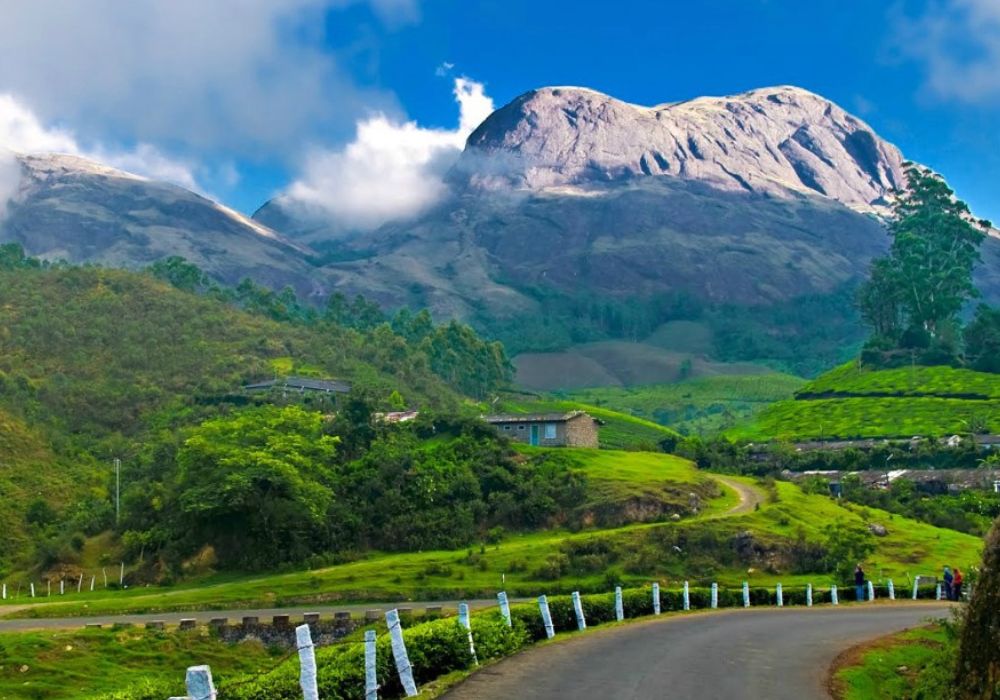

Nestled amidst the lush greenery of South India lie a plethora of enchanting hill stations, each a testament to nature’s artistry and serenity. From the mist-covered valleys of Ooty, where tea plantations adorn the landscape like verdant quilts, to the tranquil coffee estates of Coorg, where the aroma of freshly brewed coffee mingles with the crisp mountain air, the region offers a tapestry of breathtaking landscapes and cultural richness.
Munnar’s emerald tea gardens cascade down rolling hills, while Kodaikanal’s azure lakes beckon visitors to lose themselves in reflection. Whether exploring the undulating hills of Wayanad or savoring the cool breeze atop Yercaud’s panoramic viewpoints, South India’s hill stations are a symphony of rejuvenation, inviting travelers to immerse themselves in the timeless allure of the mountains.
Here’s a list of hill stations in South India:
- Ooty (Tamil Nadu)
- Coorg (Karnataka)
- Munnar (Kerala)
- Kodaikanal (Tamil Nadu)
- Coonoor (Tamil Nadu)
- Wayanad (Kerala)
- Yercaud (Tamil Nadu)
- Yelagiri (Tamil Nadu)
- Ananthagiri Hills (Telangana)
- Araku Valley (Andhra Pradesh)
- Horsley Hills (Andhra Pradesh)
- Nandi Hills (Karnataka)
- Vagamon (Kerala)
- Chikmagalur (Karnataka)
- Kotagiri (Tamil Nadu)
Hill Stations in West India
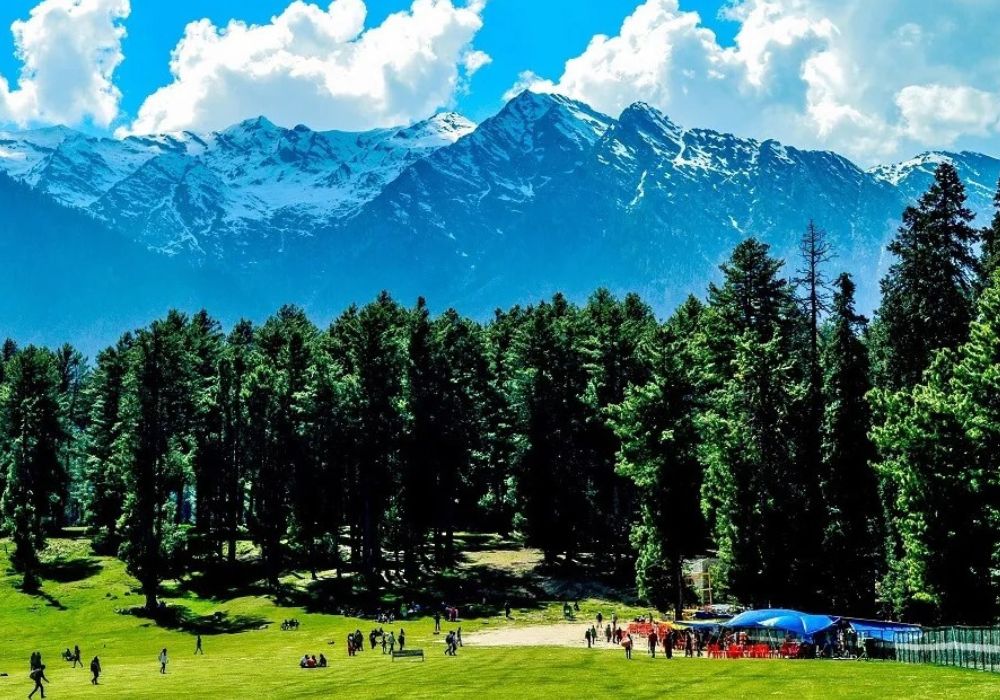

Nestled amid the scenic landscapes and rolling hills of West India, a collection of captivating hill stations awaits, offering respite from the hustle and bustle of urban life.
From the verdant beauty of Mahabaleshwar and Lonavala, where lush greenery and cascading waterfalls create a picturesque backdrop, to the tranquil charm of Mount Abu, Rajasthan’s only hill station, each destination exudes its own unique allure.
Whether it’s the serene ambiance of Panchgani or the pristine surroundings of Saputara, these hill stations offer a perfect blend of natural beauty, cultural heritage, and adventurous escapades.
Visitors can immerse themselves in the quaint charm of Matheran’s toy train rides or explore the unspoiled wilderness of Amboli’s dense forests. With their cool climate and breathtaking vistas, the hill stations of West India promise an unforgettable journey into the lap of nature.
Here’s a list of hill stations in West India:
- Mahabaleshwar (Maharashtra)
- Lonavala (Maharashtra)
- Mount Abu (Rajasthan)
- Panchgani (Maharashtra)
- Saputara (Gujarat)
- Matheran (Maharashtra)
- Amboli (Maharashtra)
- Toranmal (Maharashtra)
- Jawhar (Maharashtra)
- Wilson Hills (Gujarat)
These hill stations in West India offer a refreshing escape with their lush greenery, cool climate, and picturesque landscapes, making them ideal destinations for nature lovers and adventure enthusiasts alike.
Hill Stations for Adventure Enthusiasts
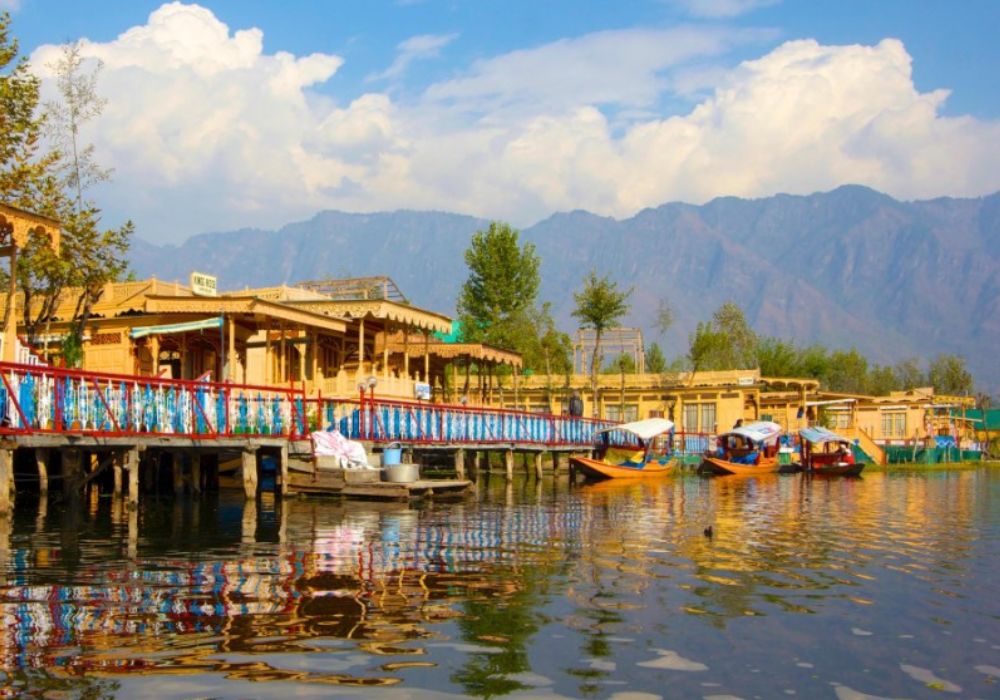

India’s hill stations are not just about relaxation; they also offer a range of adventure activities for thrill-seekers. Whether you’re into trekking, camping, paragliding, or mountain biking, there’s something for everyone. Manali, with its rugged terrain and challenging trails, is a paradise for adventure enthusiasts.
Rishikesh, known for its white-water rafting and bungee jumping, is another popular destination for adventure seekers. Other hill stations known for their adventure activities include Bir Billing, Auli, and Gulmarg, each offering a unique and thrilling experience.
Hill Stations for Nature Lovers
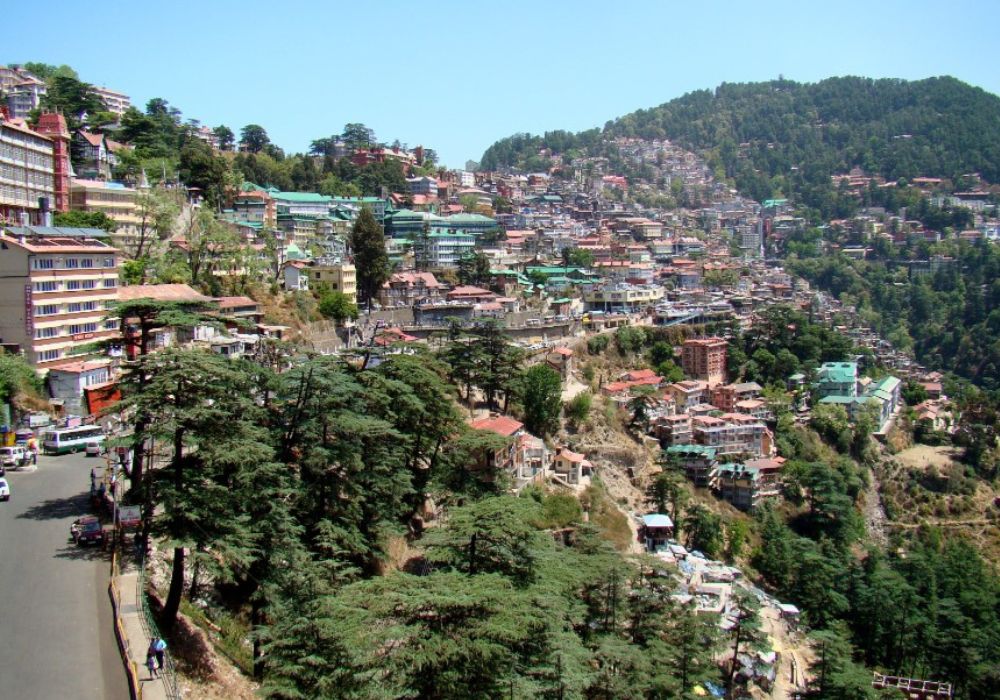

India is blessed with a plethora of hill stations that beckon nature lovers with their serene landscapes and pristine beauty. From the snow-capped peaks of Manali to the lush tea gardens of Munnar, each hill station offers a unique experience for those seeking solace in nature’s embrace.
Darjeeling, with its panoramic views of the Himalayas, and Ooty, with its tranquil lakes and waterfalls, are perfect for leisurely nature walks and bird watching.
Shimla, with its colonial charm and pine forests, provides a peaceful retreat for those looking to escape the hustle and bustle of city life. Whether you’re seeking adventure or simply want to unwind amidst nature’s splendor, India’s hill stations have something for everyone, making them a haven for nature lovers from around the world.
Hill Stations with Historical Significance
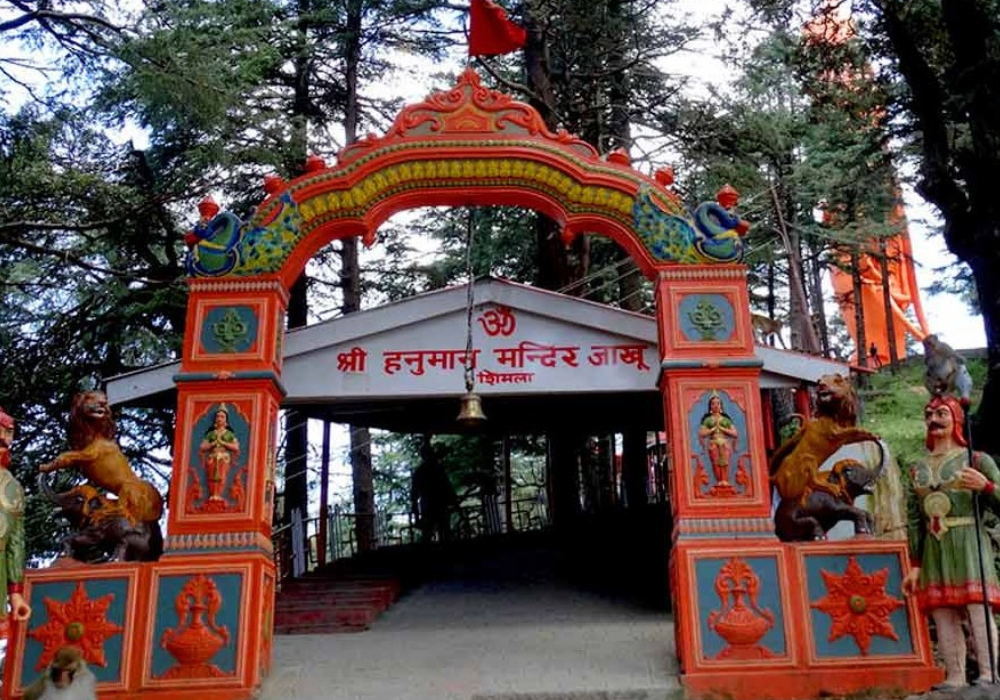

Several hill stations in India are not only renowned for their natural beauty but also hold significant historical importance. These hill stations offer a blend of scenic landscapes and rich heritage, making them fascinating destinations for history enthusiasts.
- Mahabaleshwar: Located in Maharashtra, Mahabaleshwar is known for its stunning views and historical sites. It was established as a hill station by the British during colonial rule and served as the summer capital of the Bombay Presidency. The town is dotted with colonial-era buildings and offers insights into its colonial past.
- Mount Abu: Situated in Rajasthan, Mount Abu is the only hill station in the state and holds great historical significance. It is home to the famous Dilwara Temples, known for their exquisite marble carvings and architectural beauty. The town also has several other historical sites, including the Achalgarh Fort and the Adhar Devi Temple.
- Kodaikanal: Located in Tamil Nadu, Kodaikanal is known for its scenic beauty and historical significance. The town was established by American missionaries in the 19th century and still retains its old-world charm with colonial-era buildings and churches. The Kodaikanal Observatory, established in 1899, is also a notable historical site in the town.
- Coonoor: Another hill station in Tamil Nadu, Coonoor is known for its tea gardens and historical sites. The town was a favorite summer retreat for the British during colonial rule and is home to several colonial-era buildings and churches. The Sim’s Park, established in 1874, is a botanical garden with a rich collection of plant species.
- Almora: Situated in Uttarakhand, Almora is known for its panoramic views of the Himalayas and its rich history. The town was established in the 16th century by the Chand dynasty and still retains its old-world charm with narrow lanes and traditional stone houses. Almora is also known for its cultural heritage, including its unique Kumaoni architecture and traditional handicrafts.
These hill stations with historical significance offer a blend of natural beauty and rich heritage, making them fascinating destinations for history enthusiasts and nature lovers alike.
Best Time to Visit India’s Hill Stations
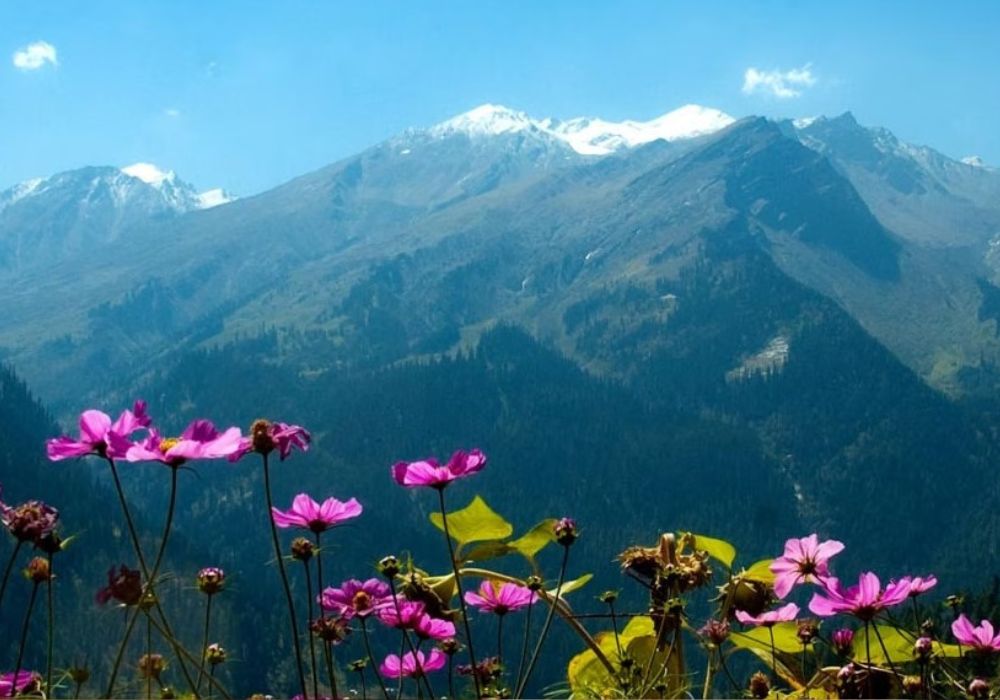

The best time to visit India’s hill stations largely depends on the region and the activities you wish to pursue. However, as a general rule, the best time to visit most hill stations in India is during the summer and early autumn months, from March to June, when the weather is pleasant and conducive for outdoor activities.
For hill stations in North India, such as Manali, Shimla, and Darjeeling, the best time to visit is from March to June, as the weather is mild and perfect for sightseeing, trekking, and other outdoor activities.
In South India, hill stations like Munnar and Ooty are best visited from March to May, as the weather is cool and ideal for exploring tea gardens, lakes, and waterfalls.
The monsoon season, from July to September, can be a beautiful time to visit hill stations, as the landscapes are lush and green. However, heavy rainfall can lead to landslides and travel disruptions, so it’s important to check weather conditions before planning your trip.
The winter months, from October to February, are also a popular time to visit some hill stations, especially for those looking to experience snowfall. Hill stations like Gulmarg in Kashmir and Auli in Uttarakhand are popular destinations for winter sports enthusiasts.
In conclusion, the best time to visit India’s hill stations depends on your preferences and the activities you wish to pursue. Whether you prefer mild weather for sightseeing or snowfall for winter sports, India’s hill stations offer something for every traveler throughout the year.
How to Plan Your Trip to a Hill Station
Planning a trip to a hill station requires careful consideration of several factors, including the weather, accommodation options, and transportation.
Here are some tips to help you plan your trip:
- Research the weather conditions in the region you plan to visit and pack accordingly.
- Book your accommodation well in advance, especially during peak tourist seasons.
- Research transportation options, including buses, trains, and taxis, to ensure a smooth journey.
- Plan your itinerary carefully, taking into account the attractions and activities you want to experience.
- Be prepared for the possibility of altitude sickness, especially if you are traveling to high-altitude destinations.
Conclusion
In conclusion, India’s hill stations are a treasure trove of natural beauty, offering a tranquil escape from the hustle and bustle of urban life. These picturesque destinations, nestled amidst the majestic mountains, offer a perfect blend of scenic landscapes, pleasant weather, and a serene environment.
Whether you’re a nature enthusiast, an adventure seeker, or someone looking for a peaceful retreat, India’s hill stations cater to every traveler’s needs.
The diversity of India’s hill stations is truly remarkable, with each region offering its own unique charm and attractions. From the snow-capped peaks of the Himalayas to the lush greenery of the Western Ghats, there is no shortage of stunning vistas to behold.
Whether you’re exploring the colonial charm of Shimla, the tea gardens of Darjeeling, or the rugged terrain of Manali, you’re sure to be captivated by the beauty of these hill stations. Moreover, India’s hill stations are not just about natural beauty; they also offer a host of activities and experiences for visitors.
Whether it’s trekking in the mountains, exploring quaint villages, or indulging in local cuisine, there’s something for everyone to enjoy. So, pack your bags and embark on a journey to discover the best hill stations in India.
